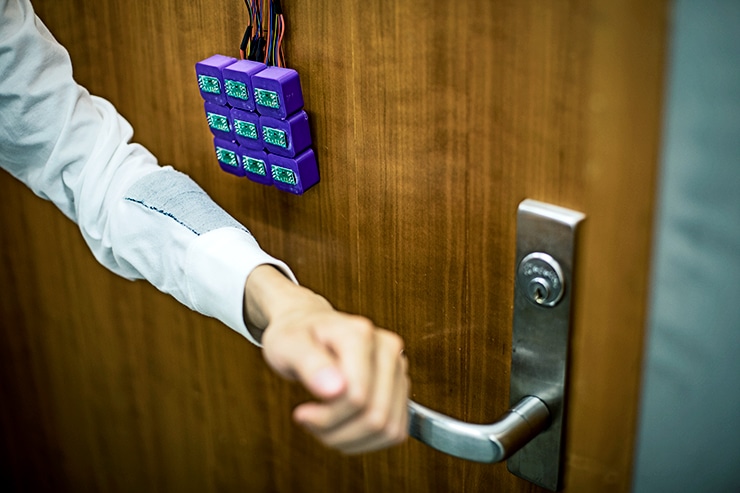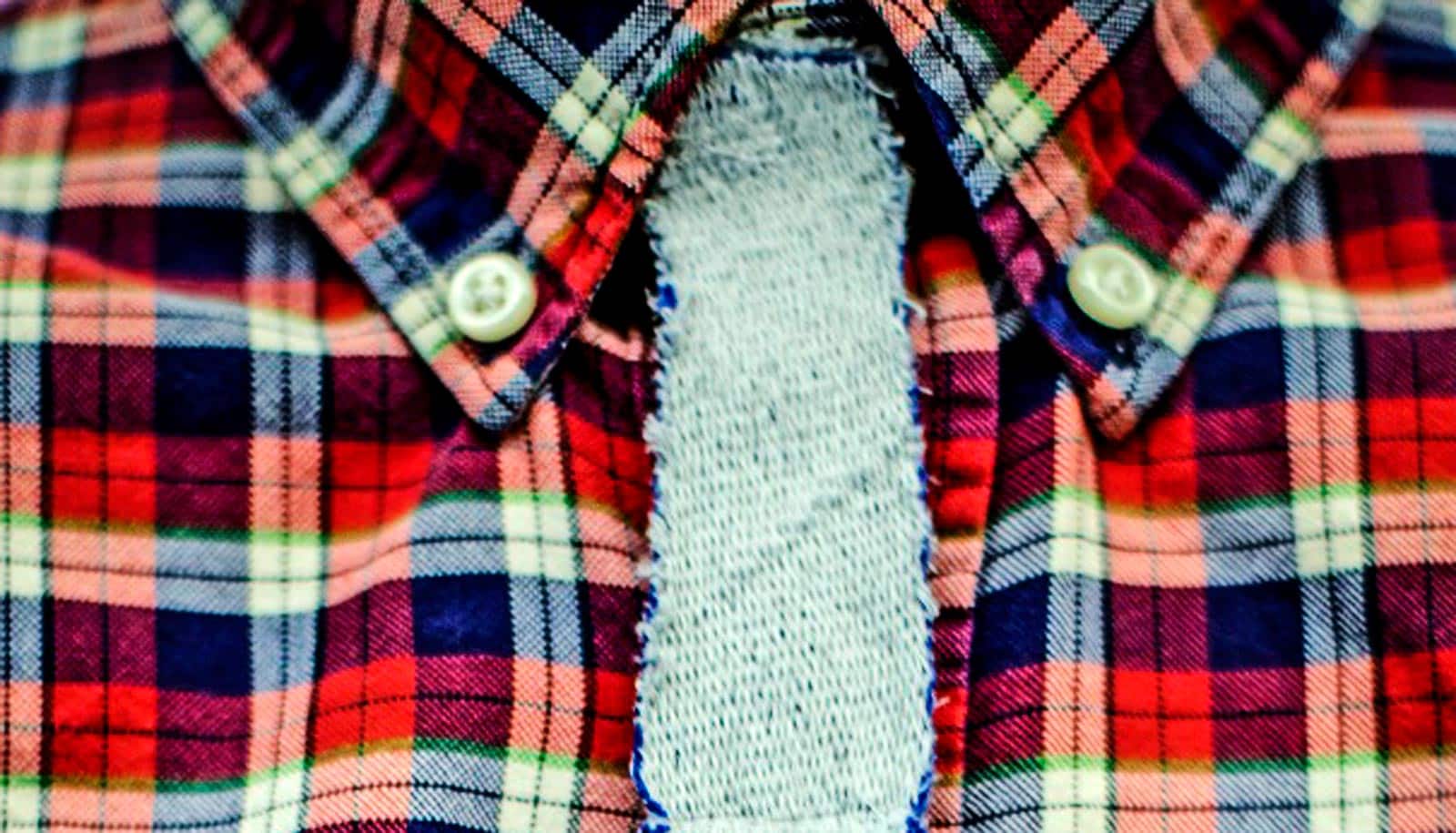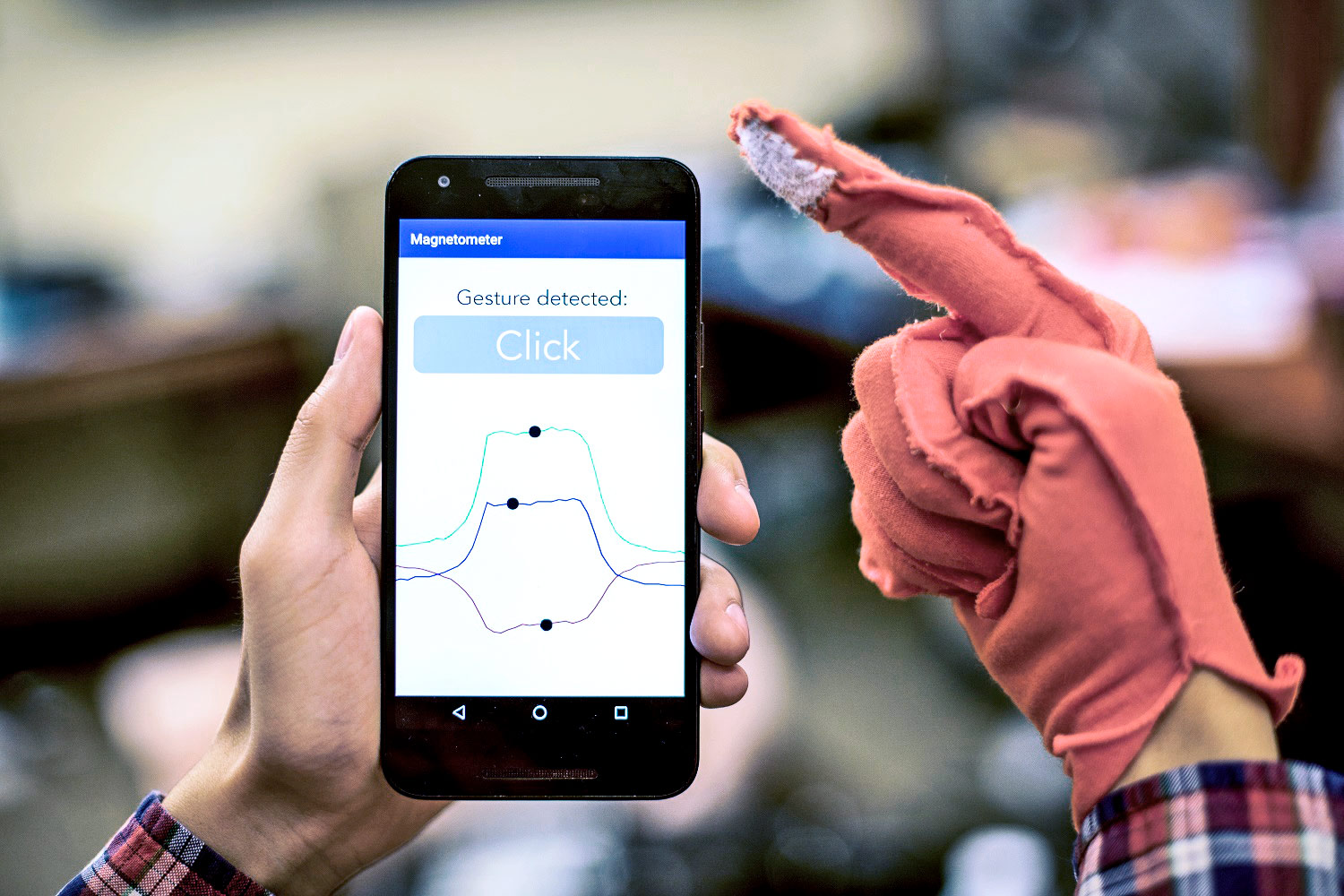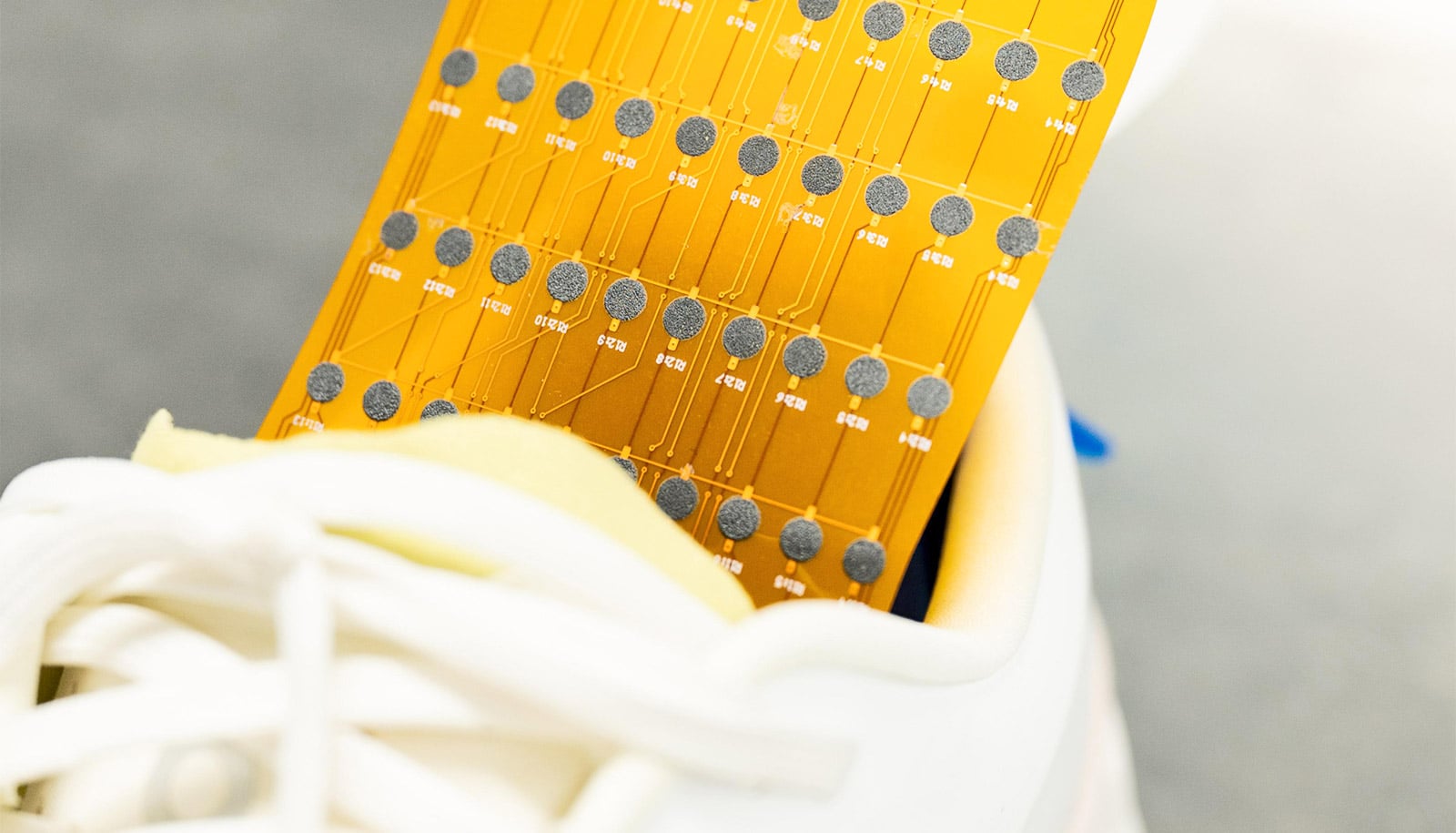A new kind of “smart fabric” can store data without any on-board electronics or sensors.
The fabric could be used in clothing and accessories that can store a passcode to open the door to your apartment or identification information to get you through the front door at the office.
“This is a completely electronic-free design, which means you can iron the smart fabric or put it in the washer and dryer,” says Shyam Gollakota, senior author of a new paper outlining the research and associate professor in the Paul G. Allen School of Computer Science & Engineering at the University of Washington.
“You can think of the fabric as a hard disk—you’re actually doing this data storage on the clothes you’re wearing,” Gollakota says.

Many manufacturers today combine conductive thread—embroidery thread that can carry an electrical current—with other types of electronics to create outfits, stuffed animals, or accessories that light up or communicate.
But the researchers realized that this off-the-shelf conductive thread also has magnetic properties that can be manipulated to store either digital data or visual information like letters or numbers. This data can be read by a magnetometer, an inexpensive instrument that measures the direction and strength of magnetic fields and is embedded in most smartphones.
“We are using something that already exists on a smartphone and uses almost no power, so the cost of reading this type of data is negligible,” says Gollakota.
In one example, researchers stored the passcode to an electronic door lock on a patch of conductive fabric sewn to a shirt cuff. They unlocked the door by waving the cuff in front of an array of magnetometers.
Accessorize
The researchers also created fashion accessories like a tie, belt, necklace, and wristband and decoded the data by swiping a smartphone across them.

They used conventional sewing machines to embroider fabric with off-the-shelf conductive thread, whose magnetic poles start out in a random order. By rubbing a magnet against the fabric, the researchers were able to physically align the poles in either a positive or negative direction, which can correspond to the 1s and 0s in digital data.
Like hotel card keys, the strength of the magnetic signal weakens by about 30 percent over the course of a week, though the fabric can be re-magnetized and re-programmed multiple times. In other stress tests, the fabric patch retained its data even after machine washing, drying, and ironing at temperatures of up to 320 degrees Fahrenheit.
This is in contrast to many smart garments today that still require on-board electronics or sensors to work. That can be problematic if you get caught in the rain or forget to detach those electronics before throwing them in the washing machine—a potential barrier to widespread adoption of other wearable technology designs.
Smart gloves
The team also demonstrated that the magnetized fabric could be used to interact with a smartphone while it is in one’s pocket. Researchers developed a glove with conductive fabric sewn into its fingertips, which was used to gesture at the smartphone. Each gesture yields a different magnetic signal that can invoke specific actions like pausing or playing music.

“With this system, we can easily interact with smart devices without having to constantly take it out of our pockets,” says lead author and doctoral student Justin Chan.
In the team’s tests, the phone was able to recognize six gestures—left flick, right flick, upward swipe, downward swipe, click, and back click—with 90 percent accuracy.
The researchers’ future work will focus on developing custom textiles that generate stronger magnetic fields and are capable of storing a higher density of data.
Wearable ‘lab on a chip’ could test blood, sweat, or salad
The National Science Foundation, the Alfred P. Sloan Foundation, and Google funded the research.
The researchers reported their findings on October 25 at the Association for Computing Machinery’s User Interface Software and Technology Symposium (UIST 2017).
Source: University of Washington



